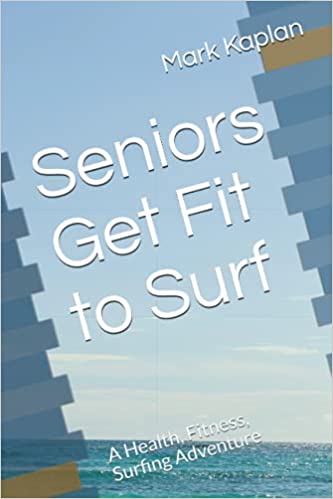The timing for catching waves is judgement learned from practice. Riding foam waves requires timing and riding real waves requires timing. The difference between foam and real waves is great and the skills need to be learned patiently.
Foam waves can be seen for a long time as they roll to the beach. Real waves peak and move at different speeds. As a rule, the bigger a real wave is, the heavier and faster it is moving. As surfers move from 3′ waves to 6′ waves, they need to be prepared for the speed.
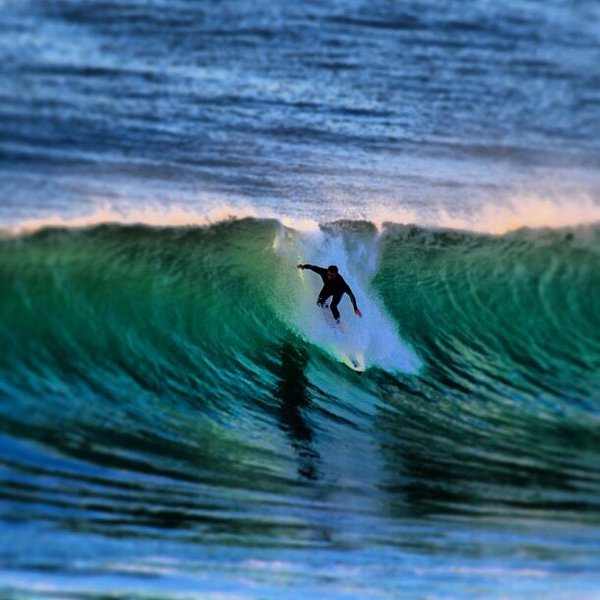
The Basics of Timing Waves
A foam wave is best when it is a straight bead rolling in a straight line. 15′ before the wave arrives, the surfer rolls over on the board and begins paddling. A smooth rollover without having to adjust is important to time the wave. The surfer paddles a few times easy and then the wave should be at the board. The surfer then paddles hard for a few strokes until the board takes off in the wave. At this point, the surfer puts his hands on the board.
In a real wave, surfers want the wave to roll under them and as the lip peaks, the surfer paddles a few times hard and many kick to get the board moving down the face. Reef waves and sand bar beach waves can be different at the same heights. Waves don’t hold form well on sand bar beaches after 6′ so at this point most surfers are looking for the reef in their neighborhood.
Intermediate surfers are dealing with courage as they learn to ride real waves. Many let the wave roll past them and try to catch it. If they do, they roll over the top and crash. If they paddle too early, the wave breaks on top of them or it has too much angle and causes them to pearl. The surfer has to learn to let the wave roll under the board and paddle easy as the bottom under him is rising. As the board gets more vertical and depending on the size of his board, he can paddle hard to go down the face.
One of the issues newer surfers don’t consider when they want to buy shorter boards is the wave has to be steeper to launch them. They didn’t always buy into the fact they need more courage to ride a smaller board. A higher volume board moves earlier. Long boarders on waves that aren’t too steep are entering way before the short boarders. On “long board” beaches which are usually reefs, they have a big advantage. On steeper waves, the short boards have an advantage.
When talking about very large waves over 30′, the surfers are going to longer boards to control the speed. These boards are often “guns” which are tapered on each end specifically to help control the speed. On bigger waves, surfers will also start adjusting their fins. Of course, if you are riding these waves, you don’t need to be told.
Start riding real waves on 3′ foot waves that are often reforming after a real wave breaks on sand bar beaches. Or wait for small days. You also learn to catch the corners after the wave has broken and it is rolling in a pocket. You catch these waves facing 45 degrees toward the beach as the wave rolls under the board and you continue at that 45 degree angle.
Practice. Practice.
Read a good book to get ready.
Visit the Home Page for Surf Lessons
See my new website Get Fit to Surf.com
Learn More
Get the Learn to Surf Guide Course in Kindle, Paperback or Audio
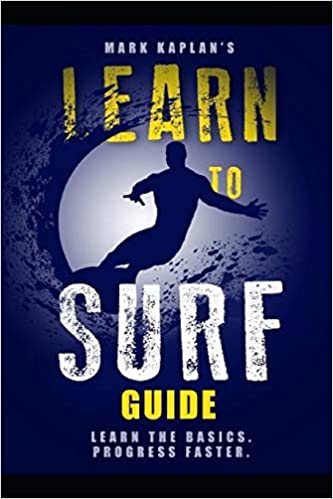
A great 29 page course on the fundamentals of catching waves, doing beginner and advanced pop ups, riding real waves, how to do maneuvers on real waves, which surfboards to ride, and how to progress. Great for lesson preparation, after lesson review, or learning on your own.
Kindle price $2.99 on Amazon. Paperback price $6.95 on Amazon. Audio download price $7.95
Get Fit to Surf
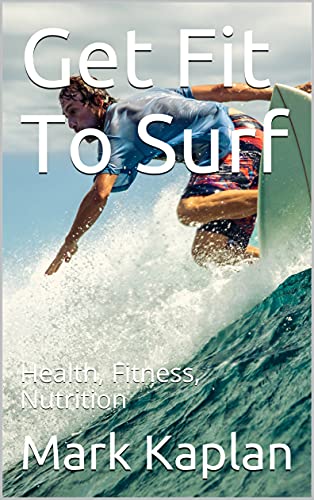
A great guide to strength, flexibility, stamina, and leanness for surfing. Beginner strategies for getting stronger, more flexible, stronger cardiovascular system, and nutrition to lose weight. An improving surfer or one who wants to prepare must meet the whole body physical demands of surfing. Getting stronger improves ones ability to perform better.
Buy on Kindle for $5.99 or the Paperback for $7.99
Every Body Can Surf
To read a great book for getting in shape to surf or getting in better surfing shape, read my new book Overweight People Can Surf, a Health, Fitness, Nutrition, and Surfing Adventure
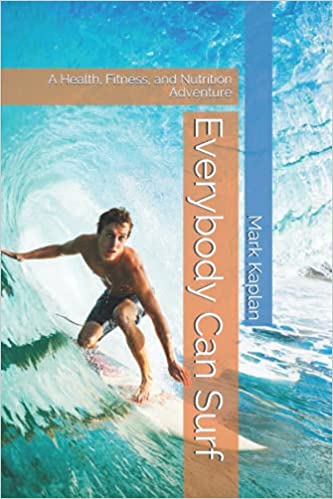
Description:
Get healthy and fit to surf or set a goal of surfing to improve weight, fitness, nutrition, and health. This guide by a surf instructor/health coach/personal trainer gives the short version of how to lose weight, get strong, build stamina, develop nutrition, and learn to surf. Surfing is a lifestyle enjoyed by millions and so is fitness. Fitness creates opportunities to enjoy life through lots of different kinds of recreation. No need to stand on the sidelines while others are having a great time. Start your program to health with easy steps and progress at your own pace. That is the secret to maintaining a lifestyle. Do it at your pace. This book will start you on the path.
Buy the E book on Amazon for $5.99
Buy the Paperback on Amazon for $7.99
Seniors Get Fit to Surf
Description:
Seniors often ask if it is too late to learn to surf. Age is functional not chronological. If people have been exercising and maintaining body strength, surfing can be accomplished. If people have not been exercising, then getting in shape to surf could be a life changing move. Learn how to develop strength, flexibility, and stamina to learn surfing. If you are in surf shape, you could pursue most any recreation.
Buy the E-book on Amazon for $5.99
Buy the Paperback on Amazon for $7.99
